Taking Custom Design to New Levels
PROUD TO BE PART OF THE BRIN FAMILY OF COMPANIES

OTHER BRIN LOCATIONS
Brin Glass Company | Minneapolis, MN
St. Germain’s Glass | Duluth, MN
Heartland Glass | Waite Park, MN
As we stand at the cusp of a new technological era, the future of first robotics in 2025 is poised for transformative advancements that will reshape education, competition, and technological innovation. According to a recent report by the International Federation of Robotics, the global market for robotics is expected to grow by 26% annually, reaching an estimated $60 billion by 2025. This surge is largely driven by enhanced automation, artificial intelligence, and the growing popularity of robotics programs in educational curricula around the world.
Industry experts emphasize the importance of cultivating an innovative mindset through organizations like first robotics. Dr. Emily Stanton, a renowned robotics educator and advocate, has stated, "Empowering students through robotics not only enhances technical skills but also ignites creativity and problem-solving abilities essential for the future workforce." The emphasis on hands-on learning and collaboration in first robotics competitions fosters these critical skills while inspiring the next generation of engineers and innovators.
As we explore the top trends and innovations shaping the first robotics landscape, it is imperative to consider the key implications for educational institutions, industry partnerships, and future career pathways. By integrating cutting-edge technology with inspirational learning experiences, first robotics will continue to play a pivotal role in driving forward the capabilities and aspirations of young minds in science and technology.
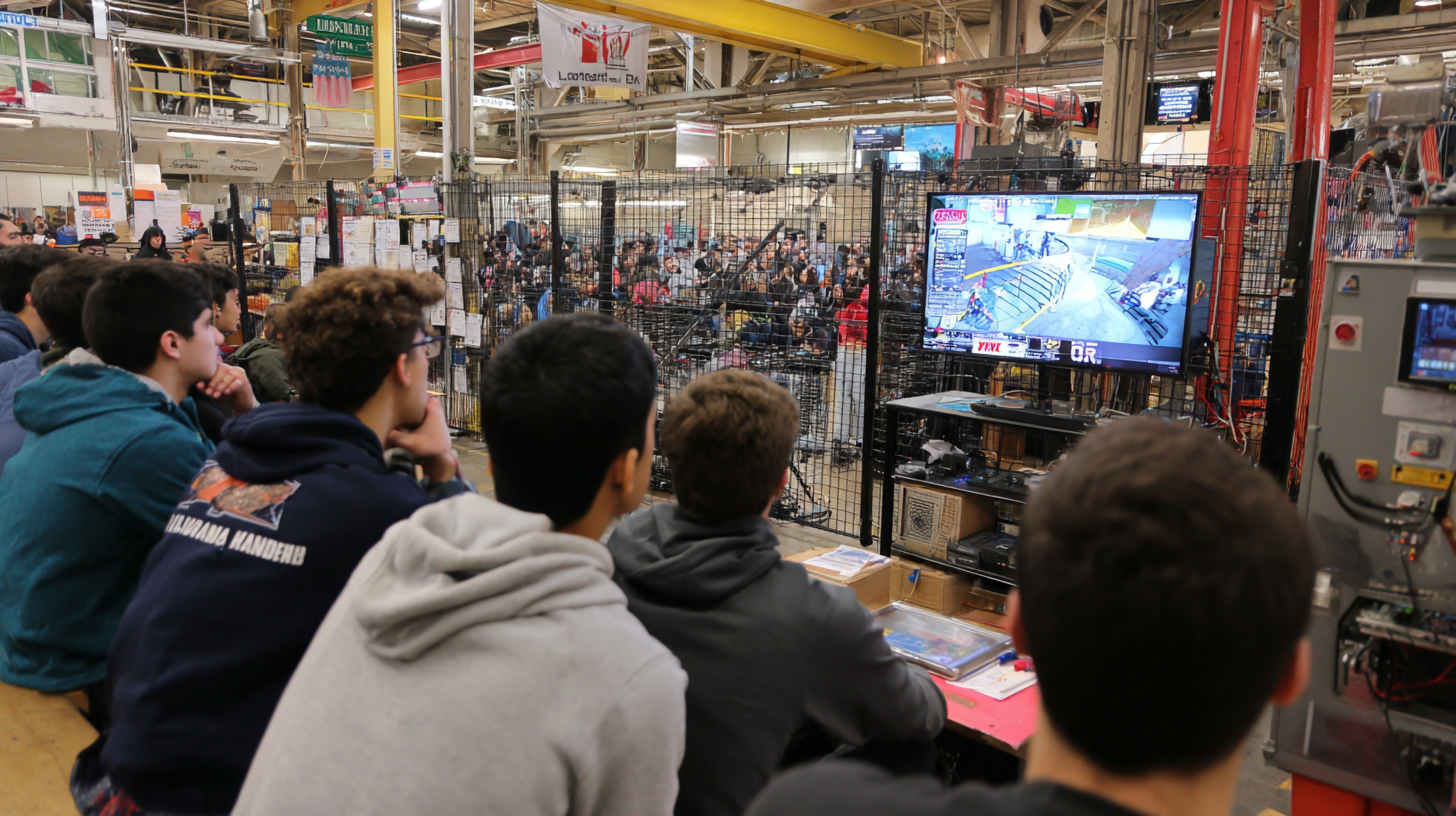
As we look ahead to 2025, the integration of artificial intelligence (AI) in FIRST Robotics competitions is set to transform the landscape of these events. AI-driven robotics not only enhances the functionality of the robots but also pushes the boundaries of creativity and problem-solving. Teams that leverage advanced algorithms and machine learning techniques will have a competitive edge, enabling their robots to adapt in real-time to dynamic environments. This evolution enhances not only performance but also the educational experience, as students learn to work with cutting-edge technology.
Tip: To stay ahead, teams should invest in AI research and development early in the season. Exploring open-source AI frameworks can provide valuable insights into implementing machine learning strategies in their robotics projects.
Additionally, the rise of AI in FIRST competitions encourages collaboration across disciplines. By incorporating insights from fields such as computer science, engineering, and mathematics, teams can create more sophisticated robots that perform complex tasks efficiently. This multidisciplinary approach fosters a greater appreciation for STEM education and inspires students to pursue careers in technology and engineering.
Tip: Engage with mentors from diverse fields who can offer unique perspectives and skills. This collaboration not only strengthens the team’s project but also provides students with networking opportunities for future endeavors.
As we venture into 2025, the integration of sustainable practices within the robotics industry is gaining momentum. A recent report from the International Federation of Robotics (IFR) highlights that approximately 40% of companies in the robotics sector are prioritizing eco-friendly innovations in their designs. This shift is largely driven by increasing regulatory pressures and consumer demand for environmentally responsible products. Companies are now exploring biodegradable materials and energy-efficient designs that not only minimize waste but also reduce carbon footprints during the manufacturing process.
Furthermore, advancements in technology are allowing for more efficient energy use in robotic systems. According to a study by the Robotics Industry Association (RIA), robots equipped with energy-efficient algorithms can achieve up to 30% less energy consumption compared to traditional models. Innovations such as solar-powered drones and autonomous vehicles showcase how renewable energy sources can be harnessed in robotic applications, paving the way for greener operations. As the industry moves towards a more sustainable future, it becomes evident that eco-friendly innovations are not just an ethical choice but also a competitive advantage in the robotics landscape.
Enhanced collaboration is becoming increasingly pivotal in the realm of future robotics, particularly as new innovations emerge across various sectors. A significant aspect of this development is the growing focus on leader-follower dynamics among robots and humans, which enhances task performance and teamwork. Recent research highlights the importance of cooperative behavior not just in industrial settings, but also in specialized projects, such as the AI rescue robot challenge aimed at protecting forests. This underscores the critical role that collaboration plays in fostering innovation and creativity in robotics.
Furthermore, the rise of collaborative robots, or cobots, is reshaping industrial work by enhancing human-robot interaction. AI-powered systems are now able to understand and respond like humans, promoting a more seamless integration of technology in the workplace. This evolution is also evident in healthcare, where mobile collaborative intelligent nursing robots are transforming patient care through teamwork. As these robots become more integrated into various industries, their ability to work alongside humans will continue to redefine our approach to teamwork and innovation, paving the way for a future where collaboration enhances both efficiency and creativity.
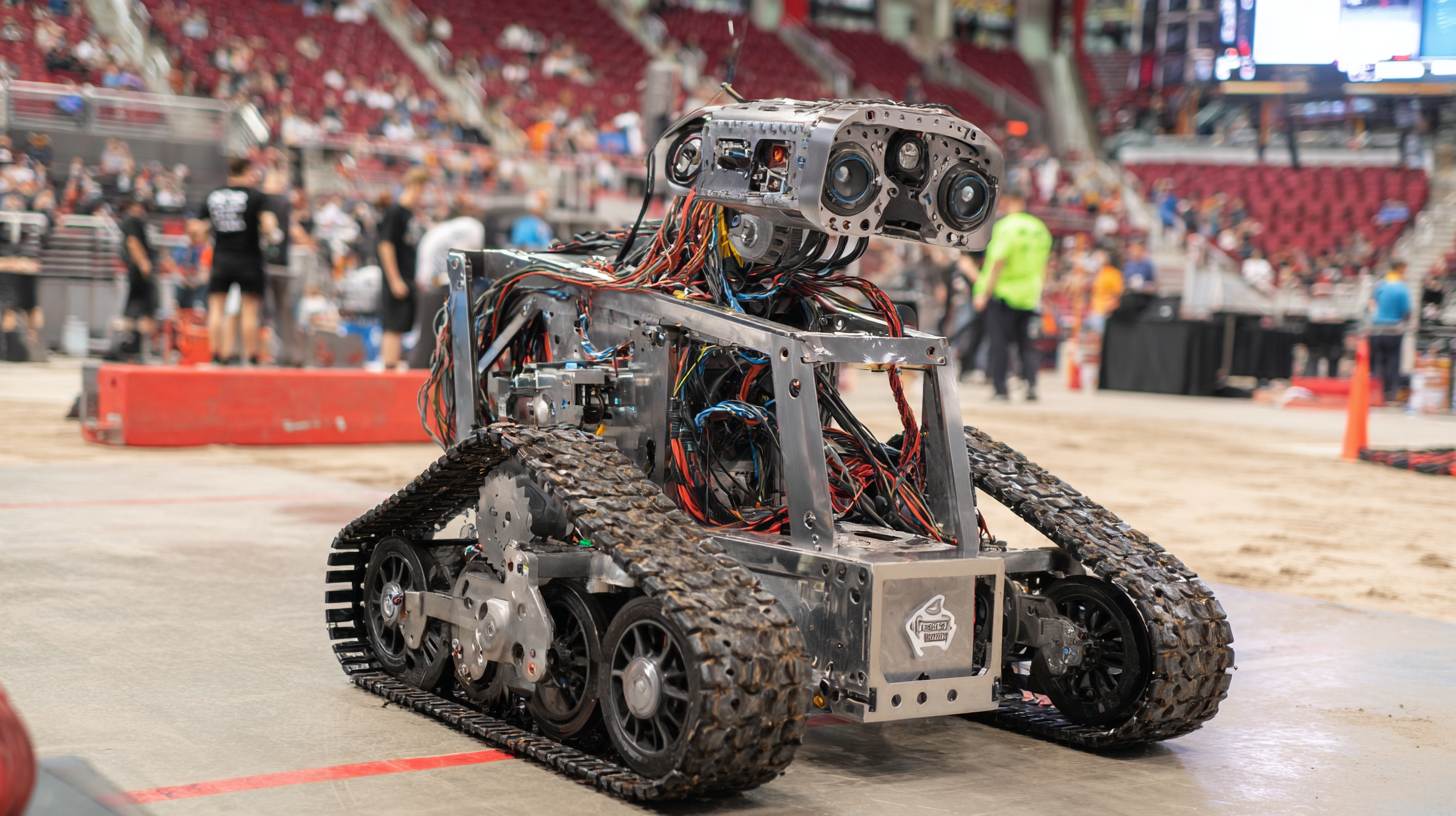
Advancements in sensor technologies are poised to revolutionize how robots interact with their environments and users by 2025. These innovations not only enhance robotic capabilities but also make machines more intuitive and responsive. Technologies such as LiDAR and advanced thermal imaging allow robots to understand complex surroundings in real-time, facilitating safer and more effective operations in various settings. Additionally, improved tactile sensors enable robots to grasp and manipulate objects with increased precision, bridging the gap between human-like interactions and robotic efficiency.
**Tips:** Incorporating advanced sensor technologies into robotics can significantly improve user experiences. Businesses looking to enhance automation should invest in cutting-edge sensors for better data processing and feedback, allowing for more adaptive robotic systems tailored to specific tasks.
Moreover, the integration of AI with these advanced sensors enhances the learning process for robots, allowing them to adapt their responses based on past interactions. This capability can lead to significant improvements in customer service and manufacturing processes, as robots become more adept at understanding and anticipating human needs.
**Tips:** Regularly updating sensor technologies is essential for maintaining optimal performance and maximizing the potential of robotic systems. Organizations should stay informed about the latest advancements to capitalize on new functionalities and efficiencies that can arise from emerging technologies.
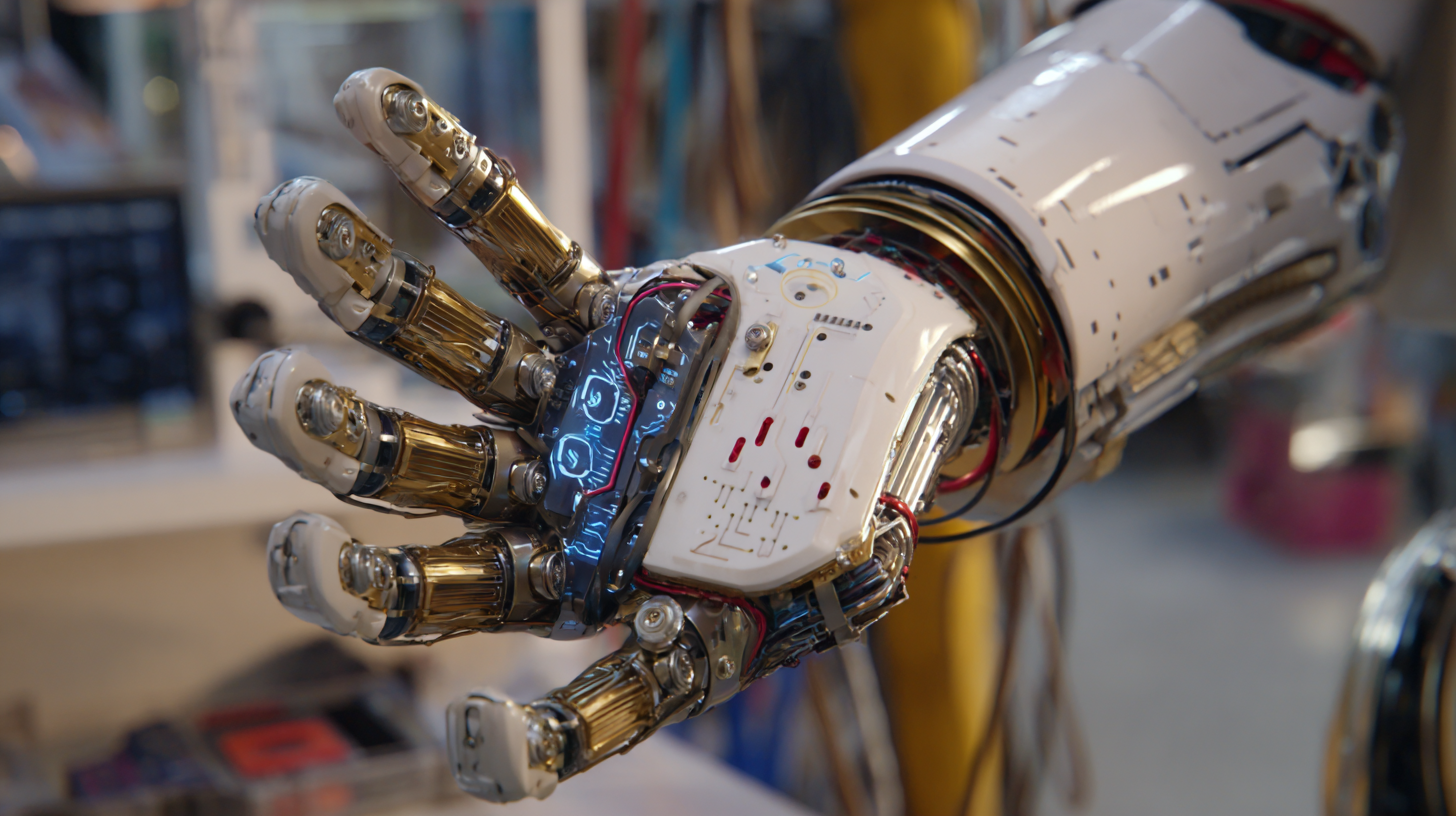
The landscape of FIRST Robotics is evolving with a strong emphasis on inclusivity, as evidenced by recent initiatives aimed at expanding participation in robotics events among underrepresented groups. For instance, a notable outreach competition by a prominent organization will utilize funding to engage more young girls in engineering, addressing the gender disparity in STEM fields. Reports indicate that only 26% of the STEM workforce is comprised of women, a statistic that organizations are now actively working to change through targeted programs and competitions.
Moreover, the 2024 Robotics World Championship is shaping up to be more inclusive than ever, with Puerto Rico set to send a larger delegation that includes more female participants. This trend is part of a broader movement within the robotics community, with various competitions adopting policies to promote inclusivity. Statistics from the Robotics Education & Competition Foundation highlight that diverse teams often out-perform homogeneous ones, suggesting that embracing a wider talent pool not only fosters equity but also bolsters innovation and creativity in robotics.
As we look forward to 2025, the integration of inclusive practices in robotics is likely to accelerate. With more organizations and educational institutions prioritizing diversity initiatives, the future generations of roboticists will be more representative, leading to richer ideas and solutions in the field. The commitment to inclusive robotics can drive industry growth and ensure a prosperous technological future guided by diverse perspectives.
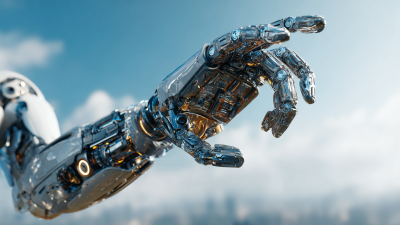
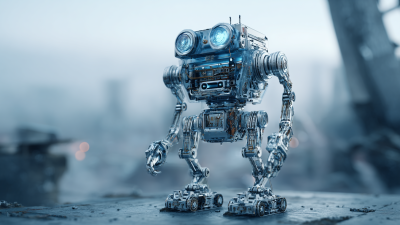




Taking Custom Design to New Levels

Brin Glass Company | Minneapolis, MN
St. Germain’s Glass | Duluth, MN
Heartland Glass | Waite Park, MN

Fabricator
Inside Sales and Client Support Manager
Glass Handler – 1st Shift